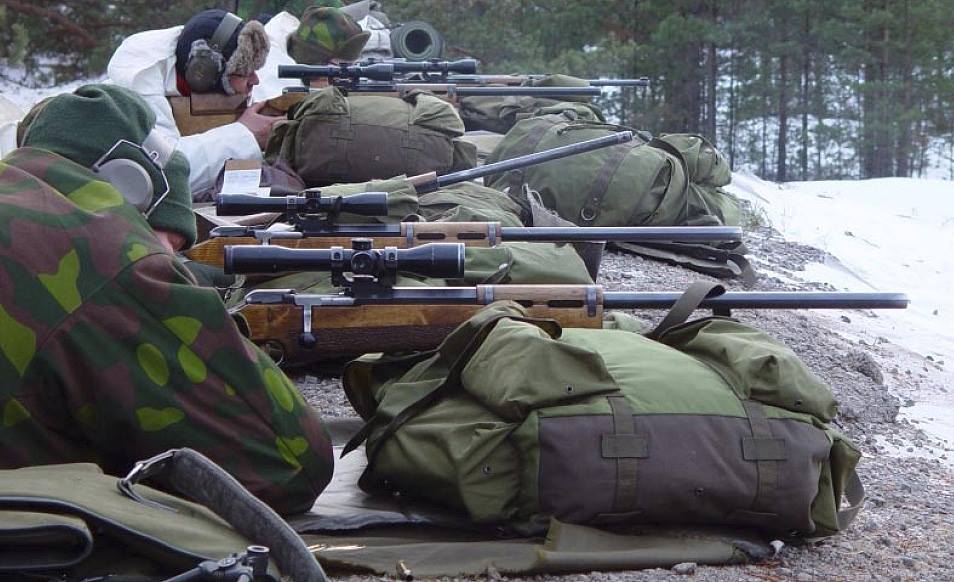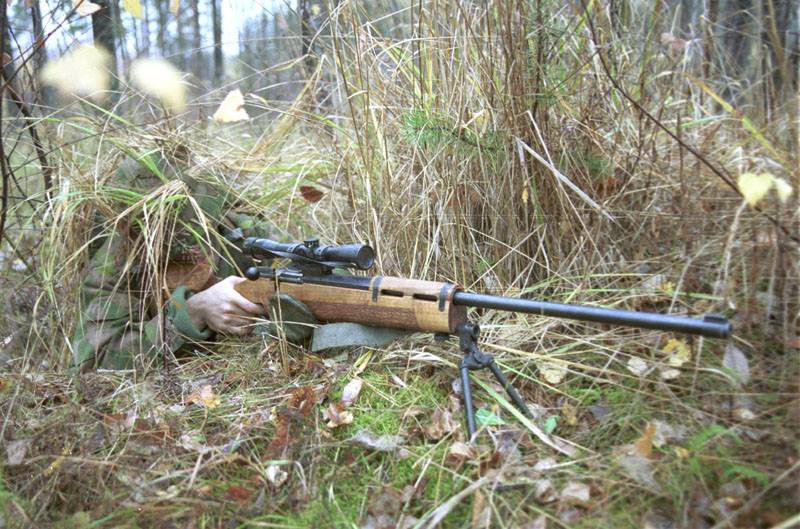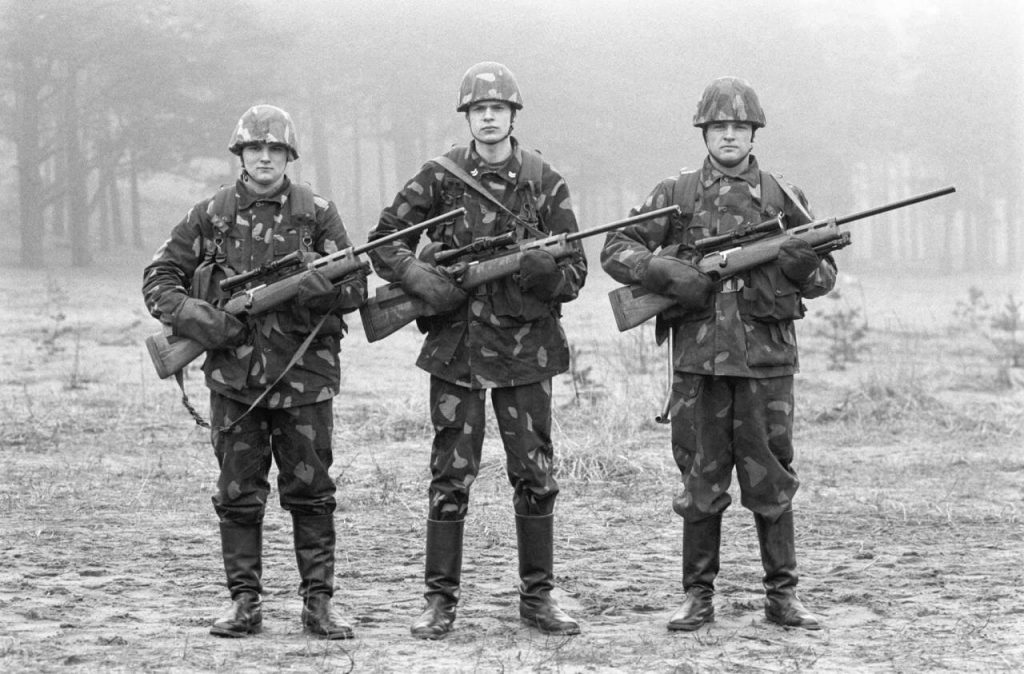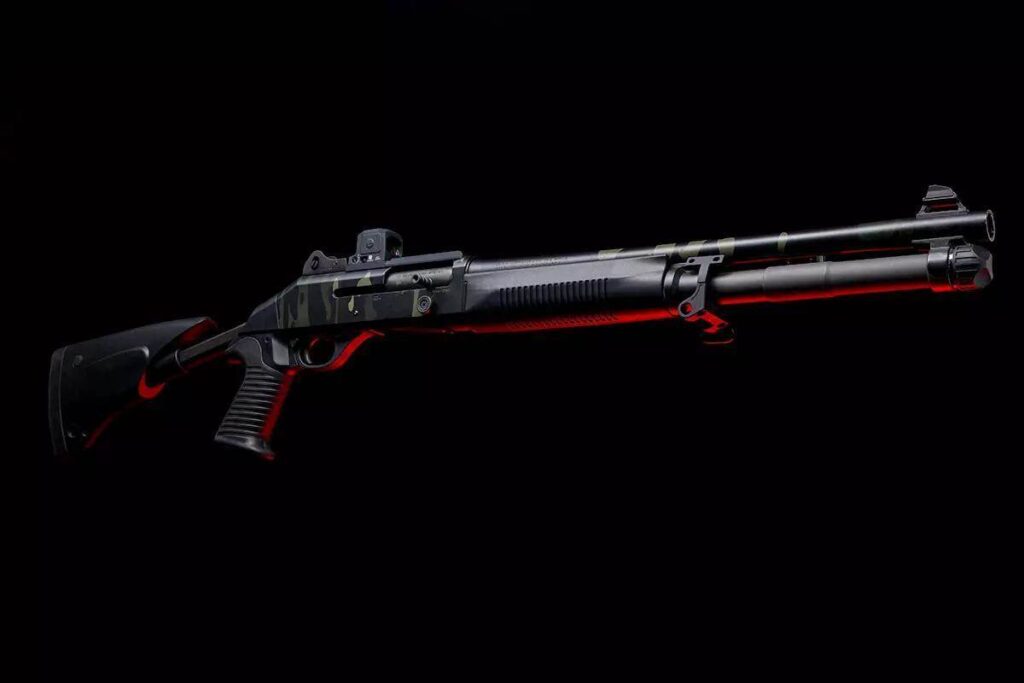Did the Mosin-Nagant fade from service into the world of military forces just like every other bolt action rifle from the World War 1 era? No! The Mosin continues its service, and in one way, it’s sad and, in one way, fascinating. The sad way is the fact ill-prepared Russian conscripts are carrying Mosin-Nagants in Ukraine. The fascinating way is in the Tkiv 85. Tkiv 85 is short for Tarkkuuskivääri 85, which I cannot pronounce. However, according to Google Translate, it stands for Precision Rifle 85.
The number ties to the year it entered service. That service is with the Finnish military. The Finnish might not have been Soviets, but they made some wonderful Mosin-Nagant rifles. The rifle made sense for Finnish forces, who were neighbors with the Russians. Men like Simo Häyhä used the rifle in the Winter War. It was fairly standard for their forces. Finnish rifles were produced by Sako, and Sako still produces some wonderful weapons to this day.
Among them is the Tkiv 85.
Advertisement — Continue Reading Below
The Tkiv 85 – A New Sniper Rifle
The Tkiv 85 began its service in 1984. The rifle was designed to provide Finnish forces with a cost-effective sniper rifle. The Tkiv 85 uses Mosin-Nagant receivers and actions, sometimes using antique actions. Valmet modified the old rifles into precision designs. They rebarreled the guns and modified them extensively to provide the most accurate rifles possible.

This includes precision bedding and a free-floating barrel. The Fins use a fairly long 27.5-inch barrel. The Tkiv 85 uses a specially modified stock that is all wood and fairly simple. The stock has a pronounced cheek rest for a good cheek weld and a solid height for using an optic. The stock has an integrated bipod system. The optic appears to be a Zeiss with a 1.5 to 6x magnification range.
Advertisement — Continue Reading Below
The entire system weighs a little over 15 pounds making it a hefty rifle. The internal magazine holds five rounds, and a bent bolt allows for easy optical enhancements. The design makes for a fairly standard sniper rifle. It might not blow the industry up with innovation, but it’s fairly solid and likely a very affordable option for the Finnish military.
One Weird Cartridge
The Tkiv 85 uses an odd system. One might expect it to use the standard 7.62x54mmR round. The Fins use that same cartridge in the PKM and Dargunov, but not the Tkiv uses an odd offshoot known as the 7.62x53mmR. The Fins created the round after the Finnish civil war. They had piles of Mosins, but the barrels were worn out and ineffective.

Advertisement — Continue Reading Below
The Fins also didn’t have any 7.62x54mmR lying around. They began loading .308-sized 7.62 projectiles versus the .311-sized projectiles used by the 7.62x54mmR rounds. The slight case difference was likely to help prevent loading the longer 7.62x54mmR rounds into the new rechambered Mosin Rifles.
In the 1930s, the Fins went back to the 7.62x54mmR rifles. It turns out it’s easier to steal ammo from the Russians, and they were a valuable source of resupply. The 7.62x53mmR was basically out of service until the Tkiv 85 came into play. Sourcing precision .308 caliber projectiles was likely easier than the Russian alternative.

Advertisement — Continue Reading Below
The Last Mosin
The Mosin Nagant rifles certainly served long passed their shelf life. The Tkiv 85 shows that the old warhorse had a few tricks in its bag. In fact, the Tkiv 85 are likely some of the oldest service rifles in existence. It’s possible some of these receivers came from 1890. Unlikely, but possible. The Tkiv 85 is actively being replaced as of 2020. The old gun is being replaced by the Sako M23, a bit more modern and modular and likely a much lighter sniper rifle. The Tkiv 85 was the final evolution and last ride of the Mosin Nagant.















